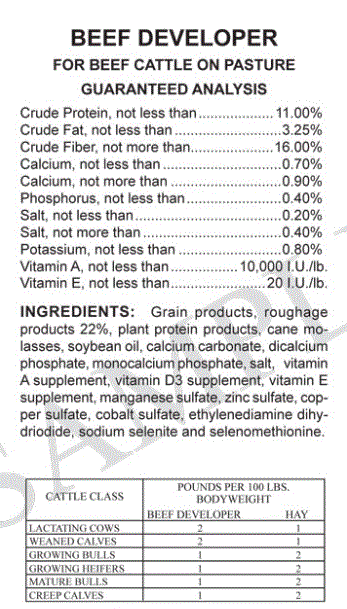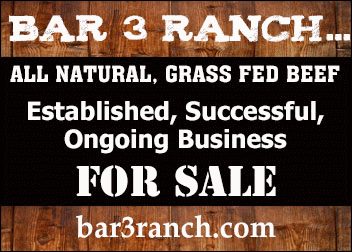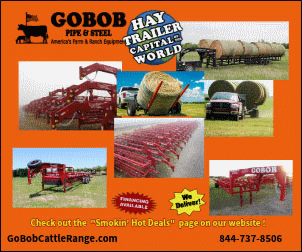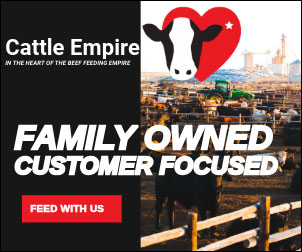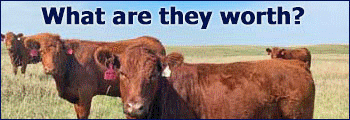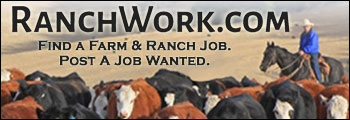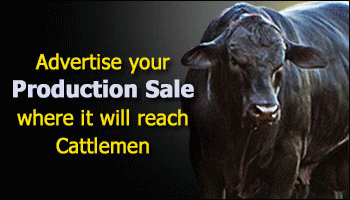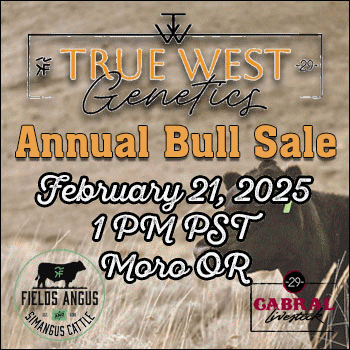Dr. Katie Mason - Assistant Professor and Extension Beef Cattle Nutrition Specialist
University of Tennessee Department of Animal Science
Just like a hay test is the only way to know the nutritional value of your hay, a feed tag is the only way to compare among different brands and types of commercial cattle feed. Although the tag may not have all of the information that could be useful, there are some pieces of valuable information included.
Feed tags must include the following information: product name, brand name, purpose statement, medicated use statement, active ingredient(s), guaranteed analysis, feed ingredients, manufacturer/distributor information, net weight/quantity, directions for use, feeding and management instructions, storage and disposal, and precautionary statements and warnings. These standards are set by the Association of American Feed Control Officials (AAFCO).
These are the two that I get the most questions about:
- Guaranteed Analysis: List of required nutrients, dependent upon the intended use of the feed and species/animal class. For beef cattle, this includes minimum crude protein, maximum equivalent protein from non-protein nitrogen, maximum crude fiber, and minimum crude fat. If minerals and vitamins are added, those values will also be reported, with minimum and maximum levels where required.
- You may notice that some of these nutrients are listed as “minimum” or “maximum” levels. For minimum levels of nutrients, the manufacturer cannot include less of the nutrient than the value listed on the tag. Essentially, this guarantees that you are not getting shorted on those nutrients. Nutrients with maximum levels are limited to the stated amount. For example, fiber could be used as a filler, which dilutes the nutrients available to the animal. A limit on the amount of fiber ensures that the feed is more than just a filler.
- Feed Ingredients: May be listed as individual ingredients, e.g. calcium carbonate, or as a class of ingredients, e.g. plant protein products.
What are some things that are not on the feed tag?
- Nutrients needed by cattle that are not required to be guaranteed on the tag. A great example is energy. Energy values like NEm and TDN are calculated rather than measured, so they cannot be listed as guaranteed. Often, I get the question of how much TDN is in a feed, and it’s a question I cannot exactly answer. There are ways to estimate TDN based on crude fiber (80 – % CF = % TDN), by using conversion tables, or by knowing the primary ingredients. Note that this is only an estimate, but it’s a place to start if you are interested in knowing the TDN value. It’s also a good idea to talk with your feed dealer about the product to find out more.
- Nutrient and ingredient quality or bioavailability. Ingredient quality, stability, and availability may vary based on the source.
- The feed recipe. The actual amounts of each ingredient are not on the label. The batch mix sheet has this information, if you have access to it.
- Feed ingredients within a collective term. A collective term for a group of ingredients allows ingredients within a group to be interchanged based on ingredient availability. For example, “plant protein products” can remain on the feed tag even if the manufacturer switches between soybean meal and cottonseed meal based on availability.
So, a feed tag can provide some great information, but not all information. A great indicator of a successful and high-quality nutrition program is animal performance. Keep an eye on body condition and average daily gain, and if you begin to see that cattle are not reaching a desired performance level, adjust the feeding program as needed.
Source: UT Institute of Agriculture
